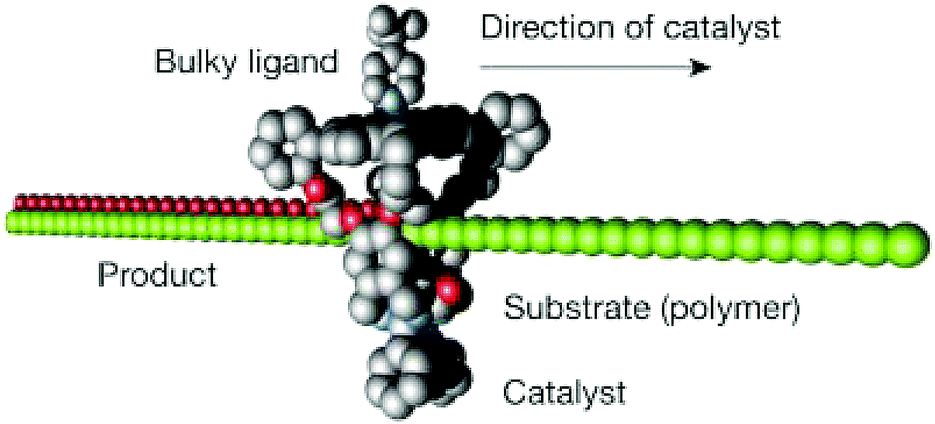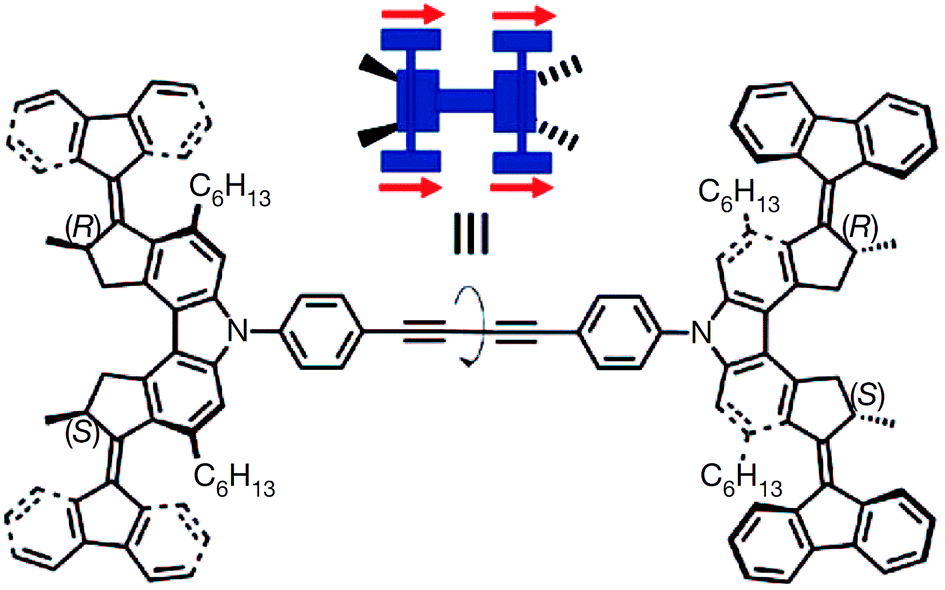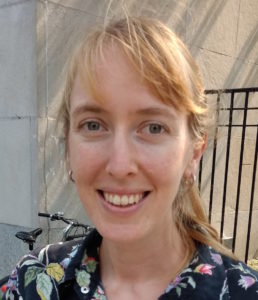“What are the possibilities of small but movable machines? They may or may not be useful, but they surely would be fun to make”. In December 1959 Richard Feynman addressed the annual meeting of the American Physical Society at Caltech with a talk entitled ‘There’s Plenty of Room at the Bottom’, imploring the scientific community to start thinking small, like ‘entire 24 volumes of the Encyclopaedia Britannica on the head of a pin’ kind of small. Many quote this lecture as when the notion of nanomachines first entered the scientific sphere – with talk of miniature cars, injectable molecular ‘surgeons’ and machines that place atoms side by side to synthesize any molecule imaginable. The lecture reads like the description of the futuristic setting in ‘Back to the Future’, an exploration of possibilities at a time when we fundamentally lacked the tools to make them a reality.
As in ‘Back to the Future’, which predated yet predicted the emergence of mobile-banking technology, video calling and personal drones, Richard Feynman’s plea for scientists to prepare molecular-scale machines has also become a reality, and for their successes in this field Jean-Pierre Sauvage, Sir Fraser Stoddart and Ben Feringa were jointly awarded the Nobel Prize in Chemistry in 2016.
A group of researchers based in London and Singapore have written a feature article introducing both the foundational work in this field and state-of-the-art examples. Nanomachines are single molecules or molecular assemblies on the nanoscale (this review defines a 1 – 100 nm scope) that have the ability to perform ‘useful work’ upon application of an external energy source. To extract work (often in the form of controlled mechanical movement) molecular machines are designed to operate at a thermodynamically far-from-equilibrium state, maintained by an energy input, with movement occurring as the system relaxes towards equilibrium. At the synthetic level, molecules are designed with components which have restricted translational and rotational movements with respect to each other, and the ability to control these movements is key to obtaining the desired function.

The catalytically active rotaxane synthesised by Nolte and co-workers acts as a tiny epoxidising machine, moving along a polybutadiene polymer
One of the first advances towards the synthesis of nanomachines was by the research group of Jean-Pierre Sauvage, who achieved the templated synthesis of catenanes; structures with two circular molecules that are interlocked like two links in a chain. It was subsequently shown that a catenane motor could be prepared, with one ring rotating with respect to the other in a controlled manner. Fraser Stoddart further contributed to the field with ‘rotaxanes’, composite molecules comprising a ring threaded onto an axle. Nanomachines based on rotaxanes have been developed and include switches, shuttles and ‘molecular elevators’. A state-of-the-art example of a catalytically active rotaxane synthesised by Nolte and co-workers in 2003 demonstrates the potential of nanomachines to revolutionise organic synthesis. The rotaxane is constructed with a magnesium-bound porphyrin, which threads onto a polybutadiene polymer (300 kDa, 98% cis) and catalyses the epoxidation of the double bonds (turnover number: 140, cis/trans ratio of the polyepoxide: 1:4).

Ben Feringa’s electric nano-car, a single molecule with four fluorene ‘wheels’ capable of driving across a copper surface
In 2011 Ben Feringa and co-workers synthesized the worlds tiniest electric car using the same design principles they had used to create a spinning motor in 1999. The car is a single molecule with the ability to propel itself across a crystalline copper surface upon activation by a voltage pulse, with 10 pulses moving the car 6 nm across the surface. The car itself is comprised of a central diyne strut bonded at each end to carbazole ‘axles’. Each axle is bound through alkenes to two fluorene ‘wheels’. The key design elements are the alkenes and two chiral methyl substituents on each axle which forces each wheel to twist out of the plane. For one wheel rotation: an electronic excitation induces trans–cis isomerisation of the alkene causing a quarter turn of the wheel such that it sits adjacent to the methyl group. Next, a vibrational excitation induces helical inversion, allowing the wheel to push past the methyl group another quarter turn. Another isomerisation and helical inversion completes a full rotation. Research achievements like these demonstrate mechanical work on the nanoscale, with the vision of achieving movement on the macroscale via synchronised motion.
These examples represent a small subset of those discussed in the feature article review, which not only spans the current scope of molecular-scale machines, but reviews the design principles guiding their development and the possibilities nanomachines represent in the future of scientific research.
To find out more please read:
Artificial molecular and nanostructures for advanced nanomachinery
Elizabeth Ellis, Suresh Moorthy, Weng-I Katherine Chio and Tung-Chun Lee.
Chem. Commun., 2018, Advance Article
DOI: 10.1039/c7cc09133h
 About the author:
About the author:
Zoë Hearne is a PhD candidate in chemistry at McGill University in Montréal, Canada, under the supervision of Professor Chao-Jun Li. She hails from Canberra, Australia, where she completed her undergraduate degree. Her current research focuses on transition metal catalysis to effect novel transformations, and out of the lab she is an enthusiastic chemistry tutor and science communicator.










